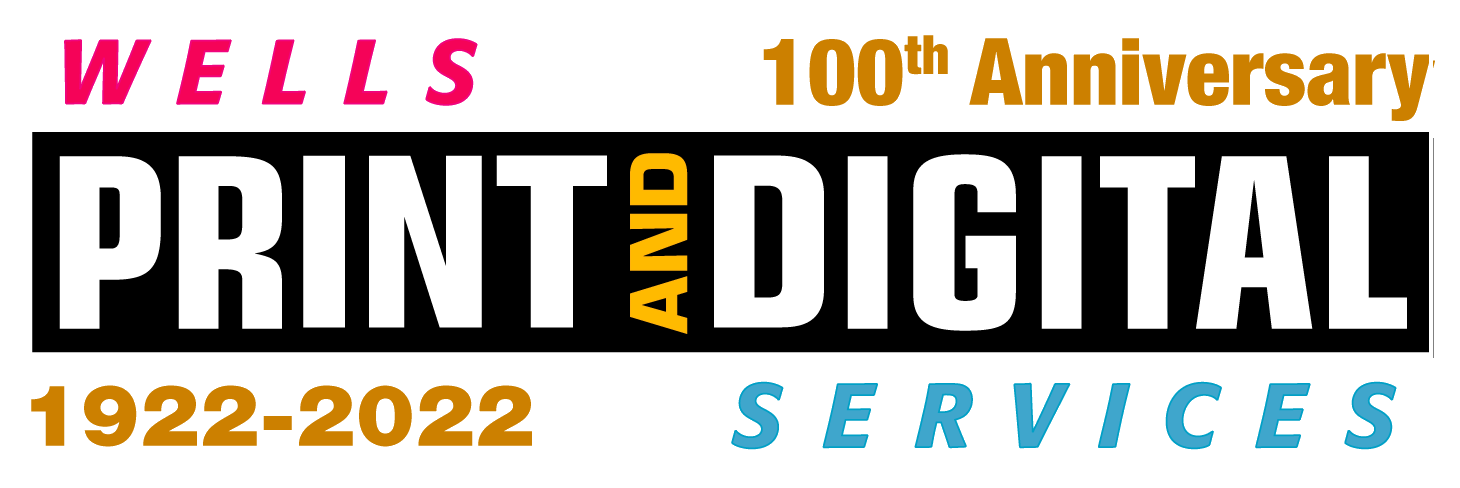Role of Technology in Shaping Printing Unions
Over the years, innovations in printing technology have played a pivotal role in the evolution of the industry, and have been instrumental in shaping printing unions as well.
In 1850 the very first printing union was formed: the New York Printer’s Union. This rapidly evolved into the more extensive International Typographical Union (ITU), a comprehensive labor union with members from all phases of the printing process. Over the next half century, many changes occurred in the industry as a result of technological advancements. The 1870s saw the beginning of the shift from lithographic to offset printing. With this and other technological advancements came increased job specialization, which in turn led to segregation into smaller trade unions. The International Printing Pressmen Union of North America (IPPU) and the International Brotherhood of Bookbinding (IBB) were formed in 1889 and 1892 respectively, and many others followed suit.
The changes to the industry didn’t stop there! The printing industry continued to evolve over the 20th century. Other production methods came into vogue, including screenprinting, flexography, and photocopying. The printing industry was brimming with new technology as well as innovations to existing technology, which eventually rendered some methods (such as lithography) obsolete.
Naturally, as the methods of production continued to evolve, so did the unions. Many splits and mergers occurred throughout the 20th century. In 2005, the shift to digital technology in the industry resulted in one last merger between the two largest unions in the industry; the Graphic Communications International Union and the International Brotherhood of Teamsters joined forces once again to become the Graphic Communications Conference (GCC).

